The Japanese asteroid probe Hayabusa was the first of its kind to successfully bring back sample materials from an asteroid.
Alumina fine ceramic components, which are known for their excellent strength, corrosion resistance, heat resistance, and insulation, and a metallization brazing technology along with various other bonded materials, were used in the lithium-ion battery terminals, enabling the probe to be hermetic, even in space.
The lithium-ion batteries functioned as the backup power supply for both Hayabusa and its follow-up mission, Hayabusa 2.
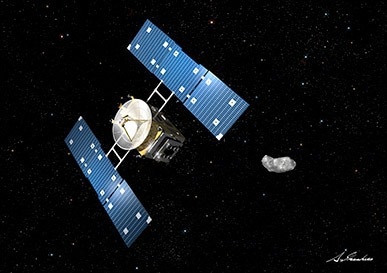
Hayabusa Asteroid Probe (Illustration by Akihiro Ikeshita)
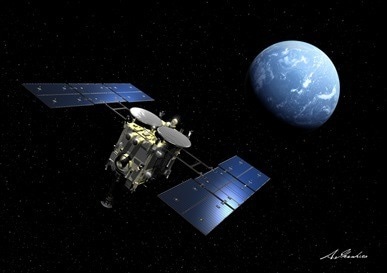
Hayabusa 2 Asteroid Probe (Illustration by Akihiro Ikeshita)
Fine Ceramics and Derived Technologies
Kyocera’s high-purity alumina Fine Ceramic elements were utilized for the lithium-ion battery terminals. These parts feature a metallization technology that creates a metal layer on the ceramic surface. The battery’s cover and terminal, which are metal, were bonded with insulation, and metalized fine ceramics were sandwiched between them.
Fine Ceramics play a crucial role in space batteries by offering robust bonding capabilities while preserving insulation. This ensures the prevention of electrolyte leakage within the batteries, particularly vital in space where the atmospheric pressure is one ten-billionth of that on Earth.
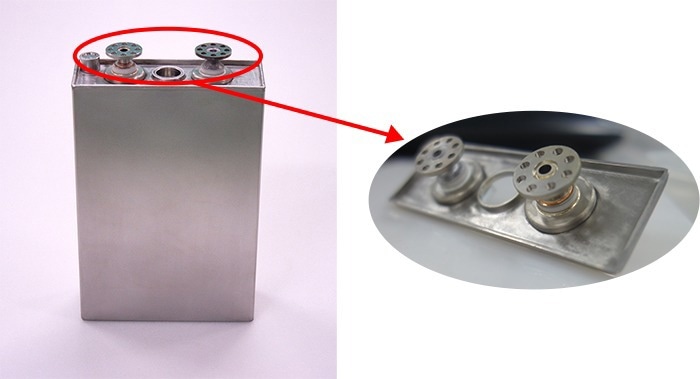
Image Credit: Furukawa Battery Co., Ltd.
About the Hayabusa Project
Hayabusa left Earth for the Itokawa asteroid in May 2003. It landed on Itokawa and collected a sample in November 2005.
There were a few complications, including a communication blackout and the blackout of the main engine due to device defects, raising alarms that Hayabusa might not be able to get back to Earth.
Nevertheless, the asteroid probe entered the Earth’s atmosphere and successfully brought back a capsule containing samples in June 2011.
Launched in June 2014, Hayabusa 2, the successor to the Hayabusa mission, set out for the asteroid Ryugu. After reaching the asteroid in June 2018, Hayabusa 2 successfully completed its sample collection and returned to Earth with samples in December 2020.

Hayabusa approaching Itokawa (Illustration by Akihiro Ikeshita)
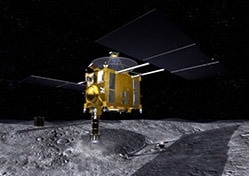
Hayabusa collecting a samples on Itokawa (Illustration by Akihiro Ikeshita)
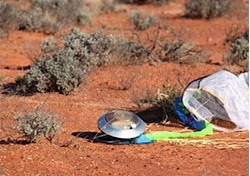
Capsule that successfully returned to Earth (Photo: Japan Aerospace Exploration Agency (JAXA))
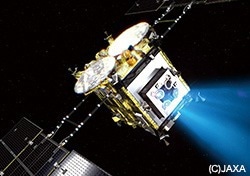
Hayabusa 2 approaching Ryugu (Photo: Japan Aerospace Exploration Agency (JAXA))
Contributing to the Development of Reusable Rockets
Development continues for reusable rockets that can return from space. The Japan Aerospace Exploration Agency (JAXA) selected Kyocera's ceramic components for a trial reusable rocket. These components were utilized in a sensor designed to monitor the status of liquid fuel precisely, from the refueling stage through flight.
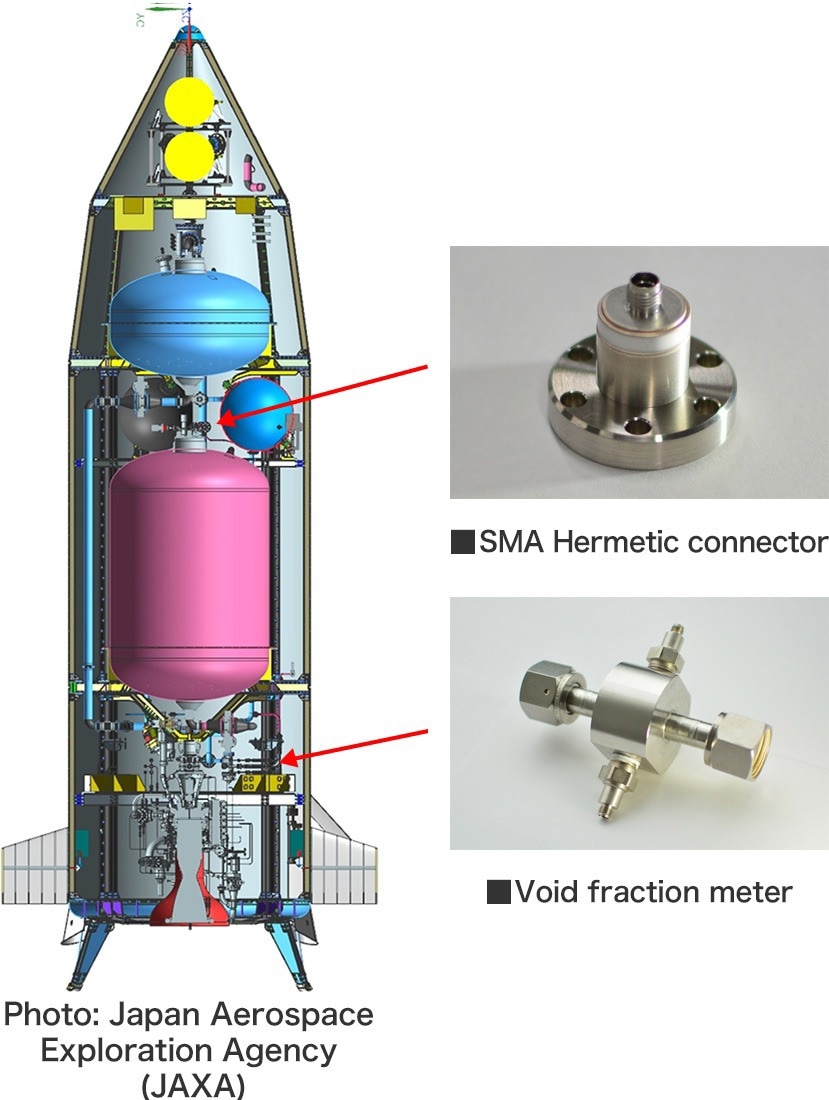
Image Credit: Kyocera International, Inc.

This information has been sourced, reviewed and adapted from materials provided by Kyocera International, Inc.
For more information on this source, please visit Kyocera International, Inc.